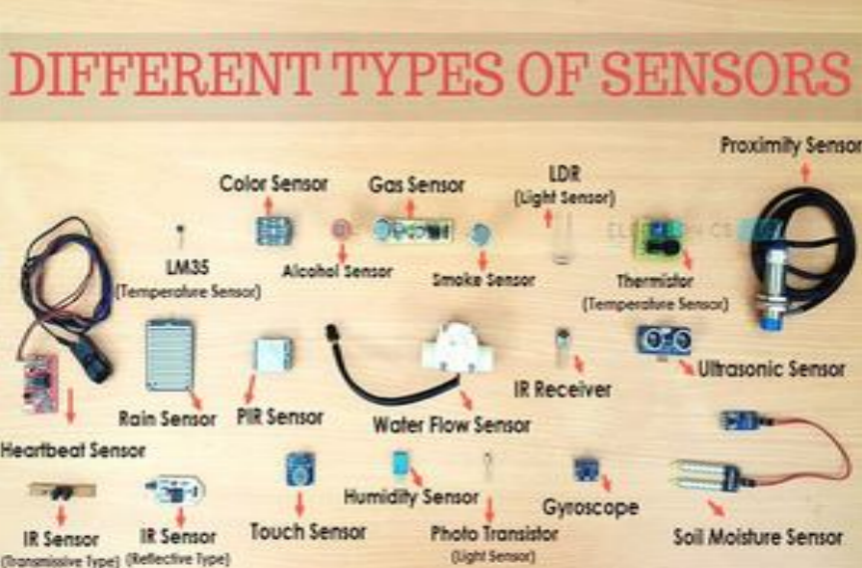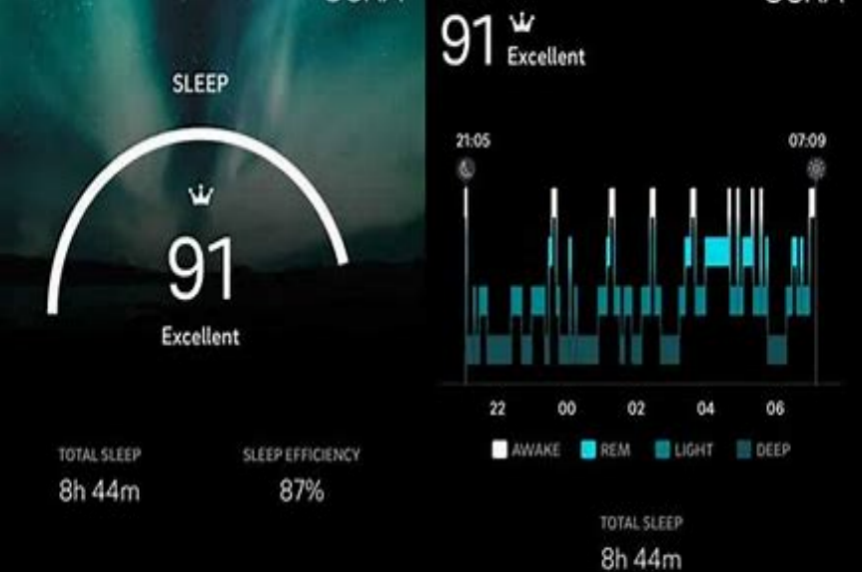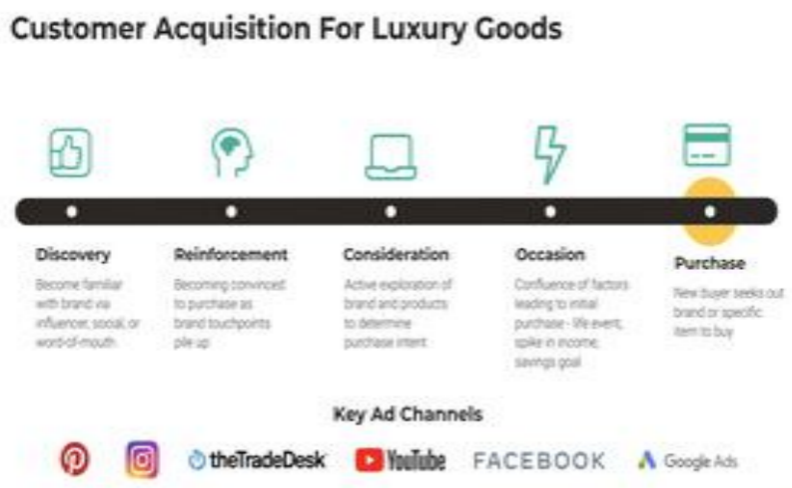Unmasking Wearables: Fact vs. Fiction
In today’s world, where wellness is seen as a luxury, high-end wearable devices that claim to track sleep habits and assess stress have turned into symbols of status among affluent buyers. However, amidst their stylish appearances and high-tech functions, an important question remains: Can these gadgets really enhance our health, or are they just costly toys? Explore the latest research on sleep and stress tracking to find out the reality.
The Science Behind the Sensors
Many premium wearable devices utilize photoplethysmography (PPG), which is a method that detects changes in blood volume under the skin using light. When it comes to sleep tracking, these devices use algorithms to evaluate heart rate variability (HRV), movement patterns, and skin temperature to identify different sleep stages: REM, deep, and light sleep. For monitoring stress, the device looks at HRV changes, where a high HRV often indicates relaxation, whereas a low HRV can suggest stress.

Nonetheless, these algorithms are not universally applicable. Various factors such as genetic differences, fitness levels, and even the time of day can affect the results. For example, top athletes typically have lower resting heart rates, which can cause devices to mistakenly think they are under more stress than they actually are. Some high-end models are now using AI to personalize the experience, learning individual habits over time to enhance measurement accuracy.
Sleep Tracking: A Window into Rest or Just Numbers?
Wearable devices can effectively tell when you are asleep or awake, but their accuracy in identifying different sleep stages is questionable. The most effective method in sleep research is polysomnography, which employs several sensors to track brain activity, eye movements, and muscle response. In contrast, wearables use indirect signals, which can lead to mistakes, such as mislabeling moments of stillness during the night as deep sleep.
Nevertheless, the true benefit of these devices lies in analyzing trends. Gadgets like the Oura Ring 3 and WHOOP 4.0 are great at spotting long-term sleep habits. Regularly collected data can show how things such as drinking alcohol, the timing of workouts, or traveling affect your sleep. Some high-end brands even provide sleep coaching services, combining the gathered information with professional advice to enhance your nighttime routine.

Stress Detection: Separating Signal from Noise
Monitoring stress levels is arguably the most debated aspect. Although changes in heart rate variability (HRV) are linked to stress responses, they can also indicate normal bodily fluctuations. For example, a wearable could detect a rise in "stress" triggered by caffeine, a quick walk, or even feelings of excitement. Additionally, emotional stress—related to work or personal matters—can show up in different ways for each person.Cutting-edge gadgets are addressing these challenges through various sensing methods. For example, the Empatica E4 merges HRV data with skin response and body temperature to offer a more detailed stress evaluation. Wealthy individuals may also consider high-quality medical devices like the BioButton, which continuously monitors bodily functions for in-depth research insights.
The Luxury Edge: Beyond Basic Metrics
Luxury wearables set themselves apart by providing unique functions and smooth compatibility. For example, Withings includes ECG monitoring, while the Garmin MARQ Collection combines health tracking with top-quality materials used in aviation. Certain devices connect to elite wellness platforms like Peloton's workout sessions or Headspace’s meditation tools, delivering a complete approach to health.In addition, data security is very important to careful buyers. High-end models typically feature end-to-end encryption and allow users to store data offline, making sure private health details stay safe.

The Verdict: A Worthwhile Investment?
Wearable gadgets should not be seen as substitutes for medical diagnosis, yet they are effective aids for taking charge of your health. For those who are looking for premium products, the true benefits include custom insights, advanced features, and seamless lifestyle integration. If you want to enhance yourself with data and value high-tech options, buying a high-quality wearable could really make a difference. Keep in mind: the highest level of “accuracy” is achieved when you treat data as a beginning point, rather than conclusive proof, on your path to better health.
(Writer:Weink)



